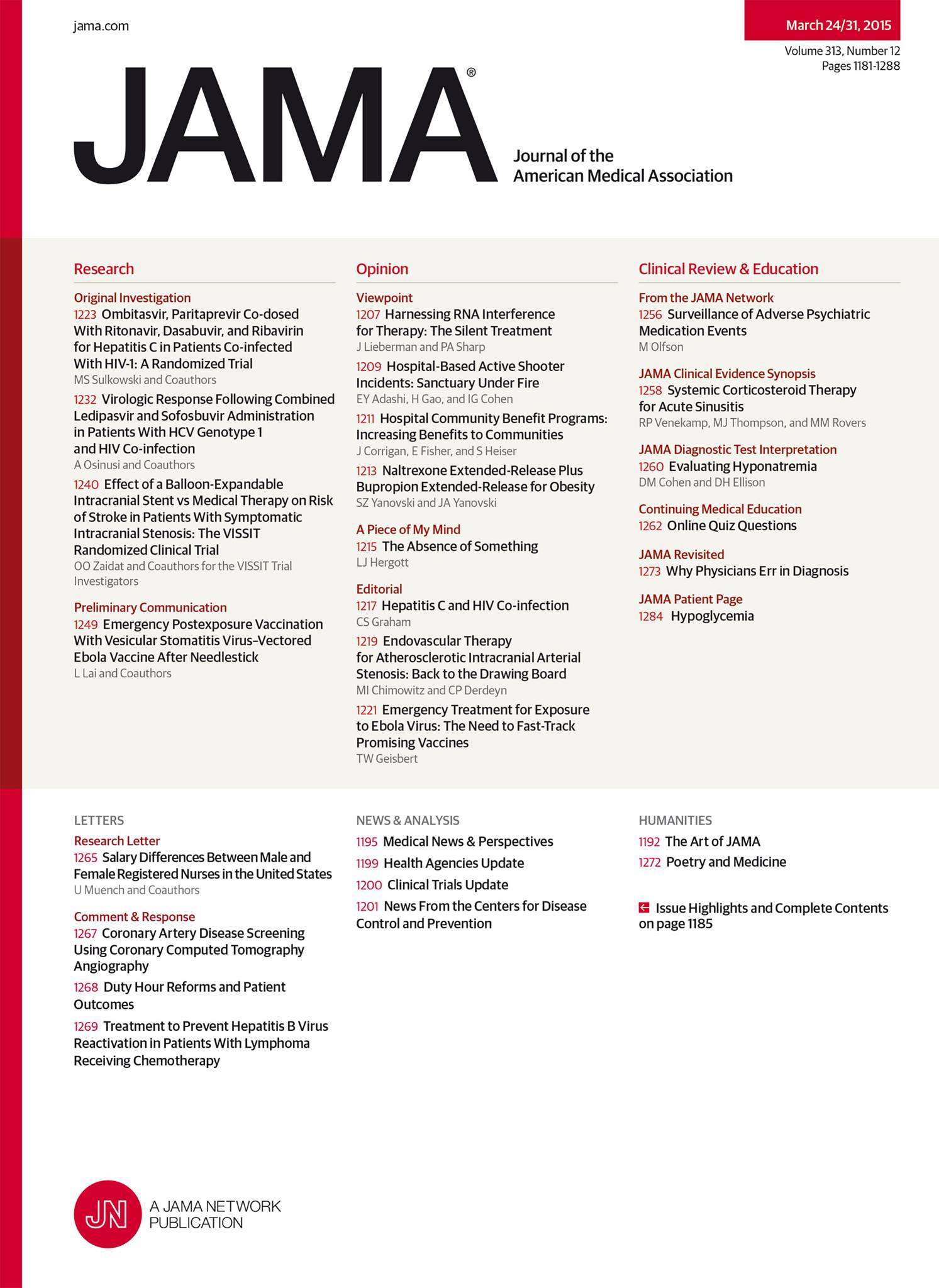
Internal Fixation vs Functional Bracing for Treatment of Closed Displaced Humeral Shaft Fractures

Internal Fixation vs Functional Bracing for Treatment of Closed Displaced Humeral Shaft Fractures
Effect of Surgery vs Functional Bracing on Functional Outcome Among Patients With Closed Displaced Humeral Shaft Fractures: The FISH Randomized Clinical Trial
JAMA. 2020 May 12;323(18):1792-1801.Synopsis
Eighty-two patients with closed, displaced humeral shaft fractures were randomized to receive an open reduction and internal plate fixation procedure or functional bracing. The primary outcome of interest was the Disability of the Arm, Shoulder and Hand (DASH) scores at 12 months. Secondary outcomes of interest included pain scores at rest and during activities on a Numeric Rating Scale (NRS), Con...
To view the full content, login to your account,
or start your 30-day FREE Trial today.
FREE TRIAL
LOGIN
Forgot Password?
Explore some of our unlocked ACE Reports below!

Learn about our AI Driven
High Impact Search Feature
Our AI driven High Impact metric calculates the impact an article will have by considering both the publishing journal and the content of the article itself. Built using the latest advances in natural language processing, OE High Impact predicts an article’s future number of citations better than impact factor alone.
Continue



 LOGIN
LOGIN

Join the Conversation
Please Login or Join to leave comments.